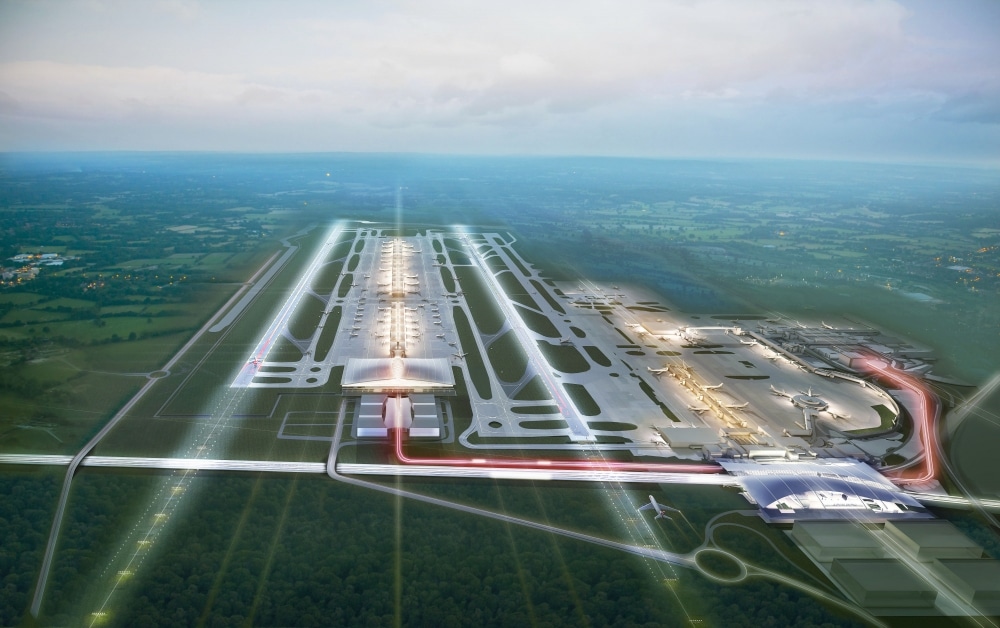Organisations opposing Gatwick’s expansion accused it of ‘subterfuge’ and acting ‘underhand’, vowing to fight the most recent initiative to expand the airport’s capacity ‘tooth and nail.’
They fear the extra 84,000 flights a year through a fully operational reserve runway could lead to more noise, more air pollution and excessive strain on local road and rail infrastructure.
The initiative to bring it in to regular use were included in Gatwick’s Draft Master Plan 2018, published last week, which sets out the long term goals of the business over the next decade and a half.
However, speaking exclusively to the Times Stewart Wingate said the plans, which if implemented fully could see passenger annual numbers at the airport rise from 40million today to 70million in 2032, would not lead to additional noise.
He said: “The reason why we can say that is because the continued evolution of aircraft is making them quieter. Over the last three or four decades, planes have become increasingly quiet and this is a continuing trend.
“Many of the noisier aircraft are due to be retired in the near future. The iconic 747 ‘jumbo jet’ is already on its way out. These are being replaced by quieter aircraft, such as the A321neos and the B727 Max 8, which are around 50 per cent quieter.”
Gatwick’s master plan estimates around half of the airport’s fleet will be made up of these new generation aircraft in ten years’ time.
Mr Wingate said the implementation plan, which also includes using new technology to increase capacity on the existing runway, would have significant economic benefits.
These include the creation of an additional 20,000 jobs in the regional economy by 2028 if the standby runway is used. This would be in addition to a net economic benefit of £2billion.
“These benefits can be delivered for a low cost, quickly and do not require the compulsory purchase of any land,” Mr Wingate said, adding Gatwick is no longer actively pursuing building a second runway, but still believes the land should be safeguarded for the future.
He also hinted that by allowing the standby runway to be used, the airport could agree to implement even more stringent restrictions on night flights than it currently does.
“With more capacity to operate during the day, we will see about reducing the number of flights which need to operate at night, meaning less night flights over West Kent.
“One thing we are interested in having is a conversation about night flights.”
However, many activist groups remain unconvinced about the proposals.








